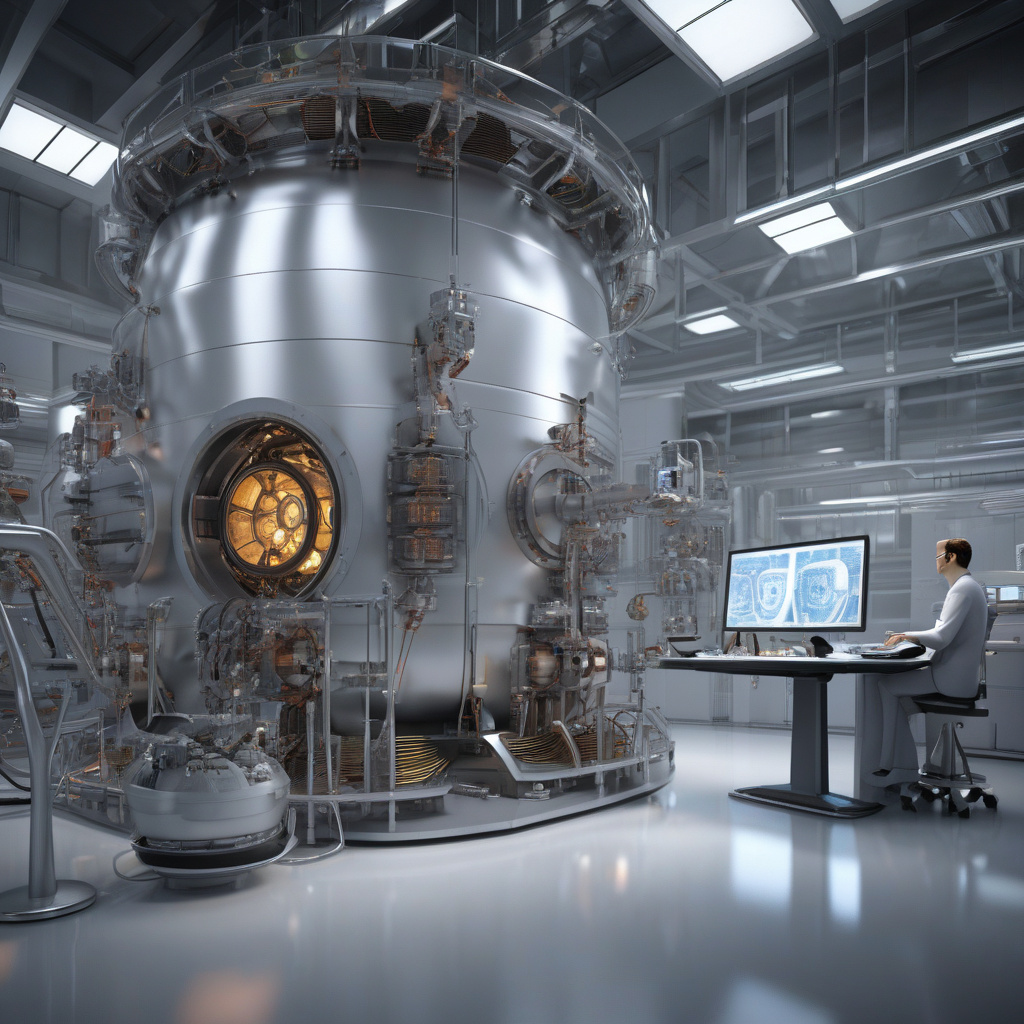Autonomous Nuclear Reactors’ Plan Gets US Boost with Amazon’s Tech for Next-Gen Designs
Idaho National Laboratory (INL) and Amazon Web Services (AWS) have established a collaboration to use cutting-edge technology in the development of autonomous nuclear reactors. This partnership marks a significant step forward in the realm of nuclear energy, combining the expertise of INL in nuclear research with the technological prowess of AWS.
The concept of autonomous nuclear reactors is not entirely new, but recent advancements in technology have made it a more realistic possibility. These next-generation designs aim to enhance safety, efficiency, and overall performance compared to traditional nuclear reactors. By leveraging artificial intelligence, machine learning, and cloud computing, INL and AWS seek to revolutionize the way nuclear power is generated and managed.
One of the key advantages of autonomous nuclear reactors is their ability to operate with minimal human intervention. This not only reduces the risk of human error but also enables continuous monitoring and optimization of reactor performance. By incorporating sensors and advanced control systems, these reactors can make real-time adjustments to ensure safe and efficient operation.
Moreover, the use of AWS’s cloud computing services allows for the seamless collection and analysis of vast amounts of data generated by the reactors. This data-driven approach enables predictive maintenance, early fault detection, and optimization of operational parameters. As a result, autonomous nuclear reactors have the potential to significantly reduce downtime and maintenance costs while maximizing energy output.
The collaboration between INL and AWS signifies a growing interest in leveraging technology to drive innovation in the nuclear energy sector. By combining the expertise of nuclear researchers with the computational power of cloud services, new possibilities are being unlocked in reactor design and operation. This partnership not only benefits the advancement of autonomous nuclear reactors but also showcases the importance of cross-industry collaboration in driving technological progress.
In addition to enhancing safety and efficiency, autonomous nuclear reactors hold the promise of addressing some of the key challenges facing the nuclear industry. These include reducing the environmental impact of nuclear energy, improving waste management, and ensuring long-term sustainability. By embracing next-generation designs powered by AI and cloud computing, the industry is poised to overcome these challenges and secure a more prominent role in the global energy mix.
As the collaboration between INL and AWS progresses, the development of autonomous nuclear reactors is expected to accelerate. This could pave the way for a new era in nuclear energy, characterized by increased automation, enhanced safety standards, and greater operational efficiency. By staying at the forefront of technological innovation, the US is positioning itself as a leader in the advancement of autonomous nuclear reactor technology.
In conclusion, the partnership between INL and AWS represents a significant milestone in the journey towards autonomous nuclear reactors. By harnessing the power of cutting-edge technology, these next-generation designs have the potential to reshape the future of nuclear energy. As advancements continue to unfold, the world will be watching closely to see how autonomous nuclear reactors revolutionize the energy landscape.
autonomous reactors, nuclear energy, technology collaboration, sustainability, innovation in energy.












